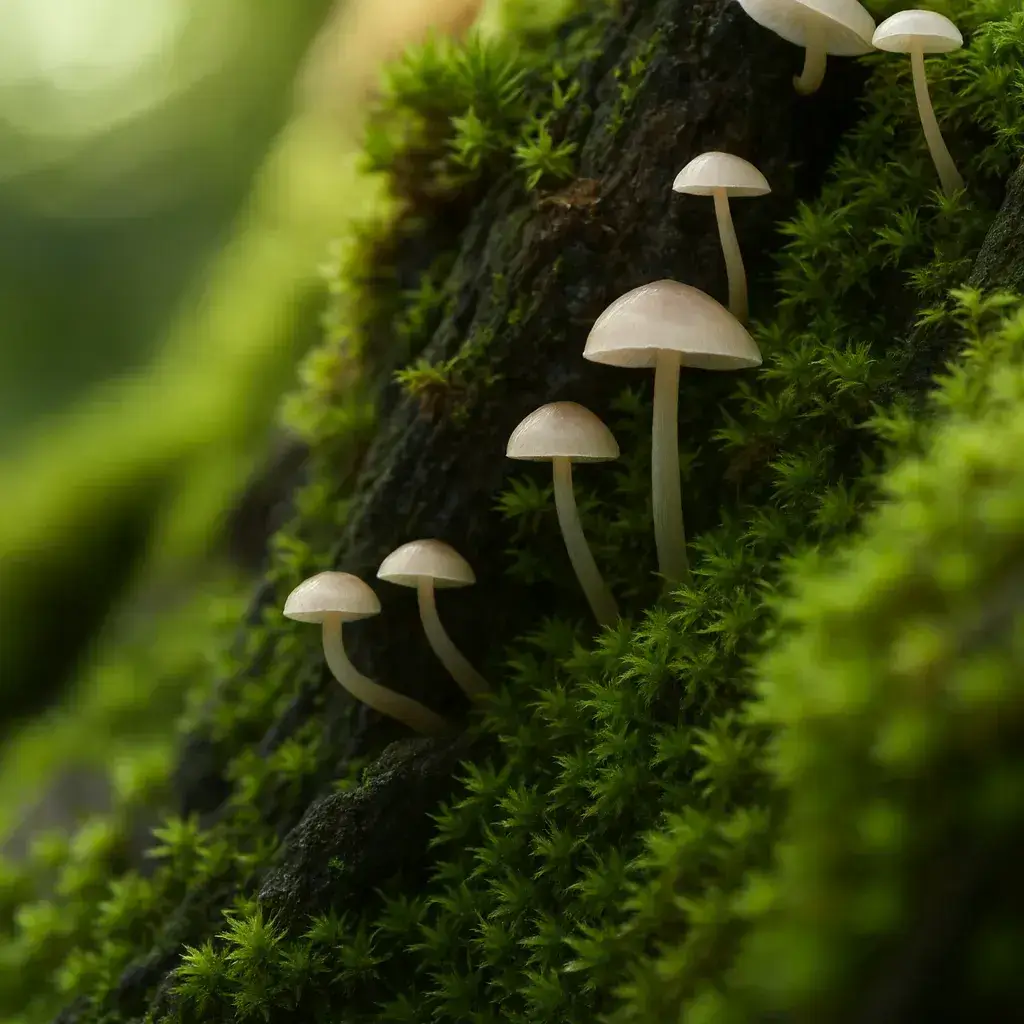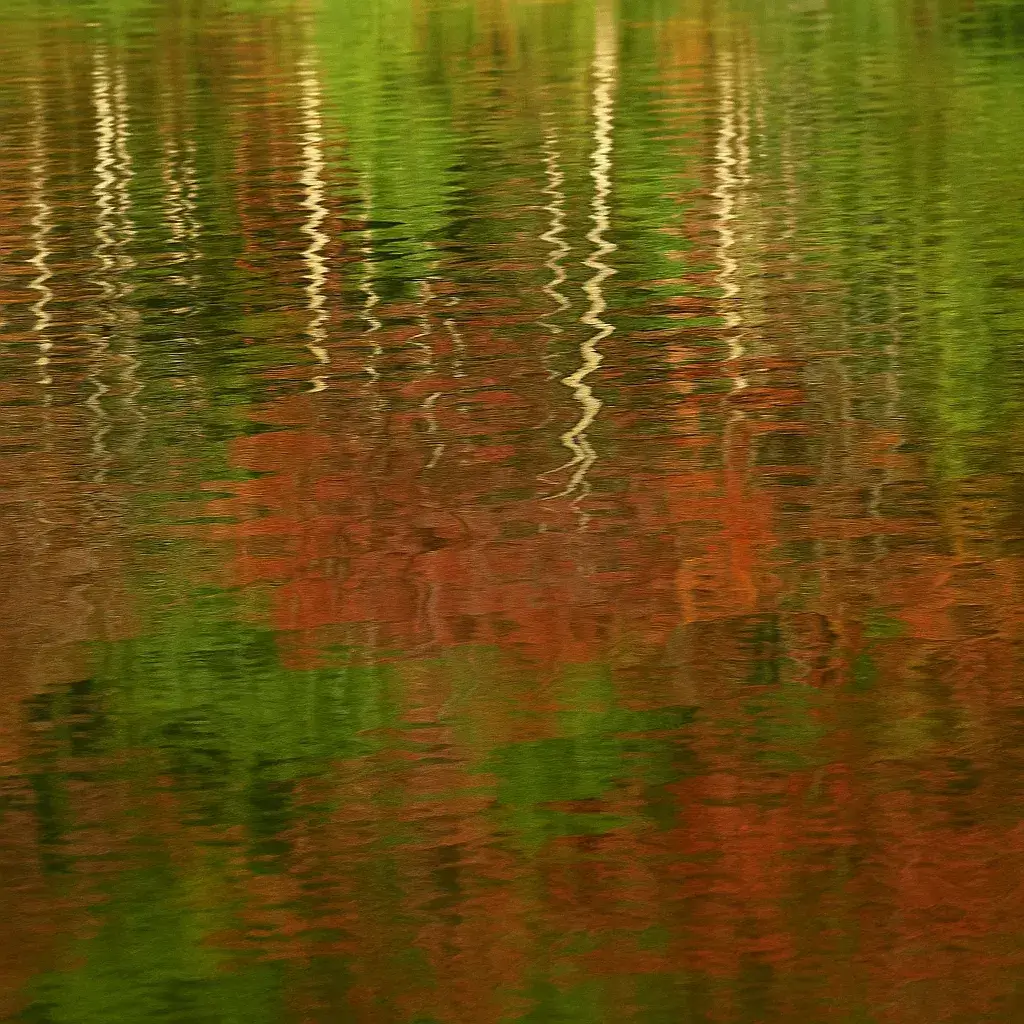When I first launched Dao of Transforming Trauma, my vision was wide. I wanted to explore childhood complex trauma in all its forms—overt abuse, neglect, the full range of ACEs, and how they leave their mark on adult life. I also wanted to share how the Daoist healing arts can help us find balance and resilience in the aftermath.
But over time, I realized something was off. I felt overwhelmed by the scope I’d taken on. The project started to feel too big, too heavy, like I was trying to hold everything at once. And eventually, I just couldn’t push myself to keep creating content. So I stepped back. I gave myself a couple of months to breathe, to stop forcing it, and to keep working quietly on my own healing.
It was during that pause that clarity came.
As I worked through my own history of childhood complex trauma, what rose to the surface again and again wasn’t the “obvious” moments of abuse or harm. It was the subtle, everyday wounds—what never happened, what I never got. The needs that went unmet. The attunement that wasn’t there. The silence, the absence, the disconnects. These are the injuries that shaped me most deeply, and they’re also the ones that are hardest to name.
This is what’s often called covert trauma or developmental trauma. Trauma that comes not from what was done to us, but from what was missing. And I’ve come to see that this is the heart of what I want Dao of Transforming Trauma to focus on going forward.
Why? Because these hidden wounds are everywhere. You don’t need a dramatic story of violence or catastrophe to carry trauma forward into adulthood. Many of us grew up without the safety, encouragement, or mirroring we needed. Without it, we learned to survive—but at a cost. We may struggle with regulating our emotions. We may long for connection but feel unsafe in relationships. We may carry shame, feel “not good enough,” or spend a lifetime trying to fix what feels broken inside. The impacts show up in our thoughts, our behaviors, our health, and our energy.
And this is where Daoist healing arts come in.
Daoist practices—meditation, movement, nutrition, and the wisdom of cycles—offer practical ways to transform how trauma lives in us. They don’t erase the past, but they help us calm the nervous system, reconnect body and mind, restore balance, and cultivate resilience. They give us tools for the long journey of rebuilding safety, trust, and self-connection.
So that’s the direction from here. This site will still acknowledge childhood trauma in all its forms, but the lens is sharpening. The focus now is on the hidden injuries of developmental trauma—what’s often overlooked but most deeply felt—and on how Daoist healing arts can help us transform those impacts.
This shift isn’t just intellectual. It’s personal. It’s come from my own process of stepping back, sitting with my story, and realizing where the deepest truth lives for me.
And maybe for you too.
If your struggles don’t fit the conventional picture of trauma but still weigh heavily on your life, I want you to know: you’re not imagining it, and you’re not alone. These invisible wounds are real. And together, we can explore ways to meet them, tend to them, and slowly transform them.


